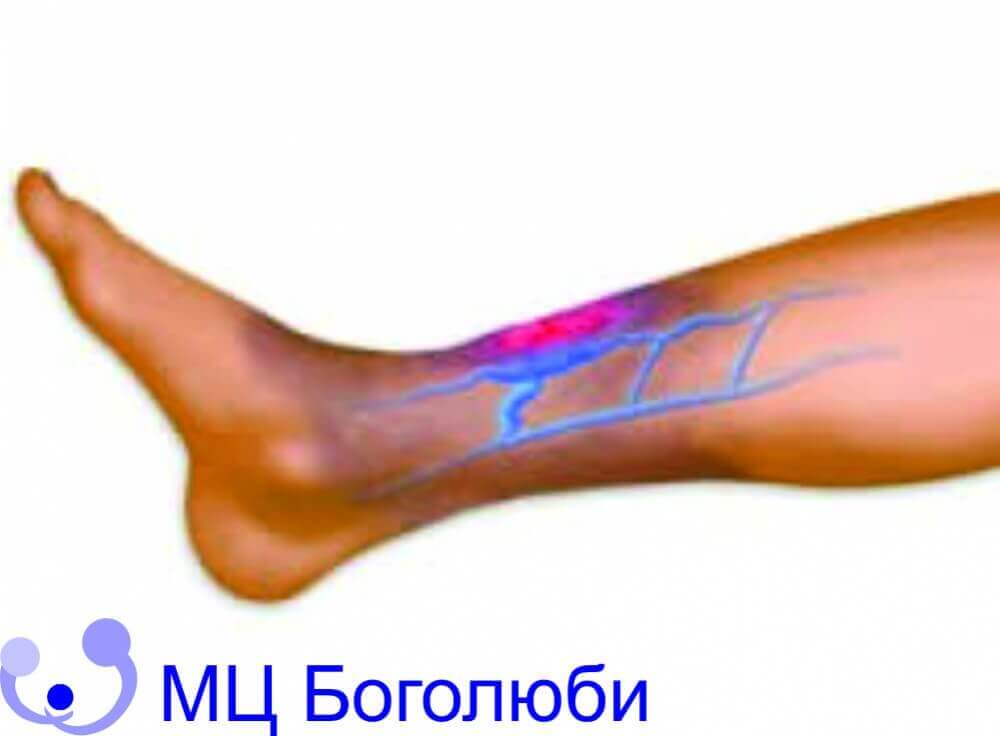Under varicosity (or varicose veins) refers to the pathology of the venous wall of the veins on the legs, which is characterized by irreversible expansion and lengthening of blood vessels. The state of varicose veins, usually does not cause much suffering, so the patient often gets along with the spontaneous use of drugs, massage using appropriate ointments, wearing special stockings. In rare cases, with varicose veins come for medical help.
From 15 to 30% of the world's population suffers from varicose veins. And, according to statistics, only 1.1% of men and 2.2% of women really need surgery for varicose veins. There is a significant difference between countries: the disease is 10 times more likely to occur in Europe than in Africa or Asia.
Risk factors for varicose veins
- constipation;
- obesity;
- congenital pathology of the vessel wall;
- age (30 to 50 years old);
- gender (women);
- work «on foot» in a warm room (helps to dilate blood vessels). .
The last factor is the most important. Occupations that require an upright position or movement over a long period of time on an airplane, car, often determine the occurrence of a strong venous stasis and swelling of the limbs.
Who suffers from varicose veins?
Varicose veins are a common occurrence in women over 50 who are obese, as well as in pregnant women. In pregnancy, high estrogen levels contribute to the relaxation of the muscles of the venous wall. Failure to reduce venous pressure during muscle tension is the basis of almost all diseases of the venous system, both superficial and deep, and as such is a serious risk factor for varicose veins.
It should be noticed that the real cause of varicose veins has not yet been established. Previously, there was a hypothesis about the degeneration of venous valves. However, ultrasound methods have shown that the branches of some veins can suffer from varicose veins even with «good» valves. Researchers' attention is now focused on the walls of varicose veins, in which, it turns out, there is less amount of collagen and elastin than in the normal venous wall.
Types of Varicose Veins
Depending on the type of veins, there are:
- stem varicose veins (involving saphenous veins);
- stem varicose veins (involving saphenous veins);
- telangiectasia (expansion of the smallest vessels).
Why is varicose veins dangerous?
Over time, venous congestion of blood can lead to the formation of a superficial or deep venous thrombus, which is a mass of red blood cells, platelets and fibrin.
Deep vein thrombosis is the most dangerous, since a thrombus, torn from the wall, enters the pulmonary circulation and can lead to death from pulmonary embolism.
Symptoms of varicose veins
Most patients are unaware of problems with veins until venous congestion or edema becomes apparent. A feeling of heaviness in the limbs prevents varicose veins, especially at night. The patient notices swelling around the ankles, there is a zone of increased sensation of heat (hyperthermia), sometimes accompanied by a strong feeling of itching. In some cases, surface phlebitisтmay develop.
Due to the change in blood microcirculation, the affected tissues are especially susceptible to injuries, therefore infections and wounds heal slowly and, as a rule, turn into chronic varicose ulcers.
How to treat varicose veins
The treatment of affected veins involves the integration of various types of treatment, such as:
- drug therapy;;
- elastic compression;
- sclerosing therapy;
- surgical intervention.
Unfortunately, there is no possibility of primary prevention of the disease, since the cause of varicose veins has not been established. We can only concentrate on the factors that contribute to the exacerbation of the disease.
If you have any suspicions and questions regarding the diagnosis and treatment of varicose veins, you can seek help from qualified specialists of the «Bogoliuby MC».
















